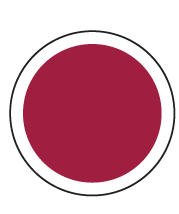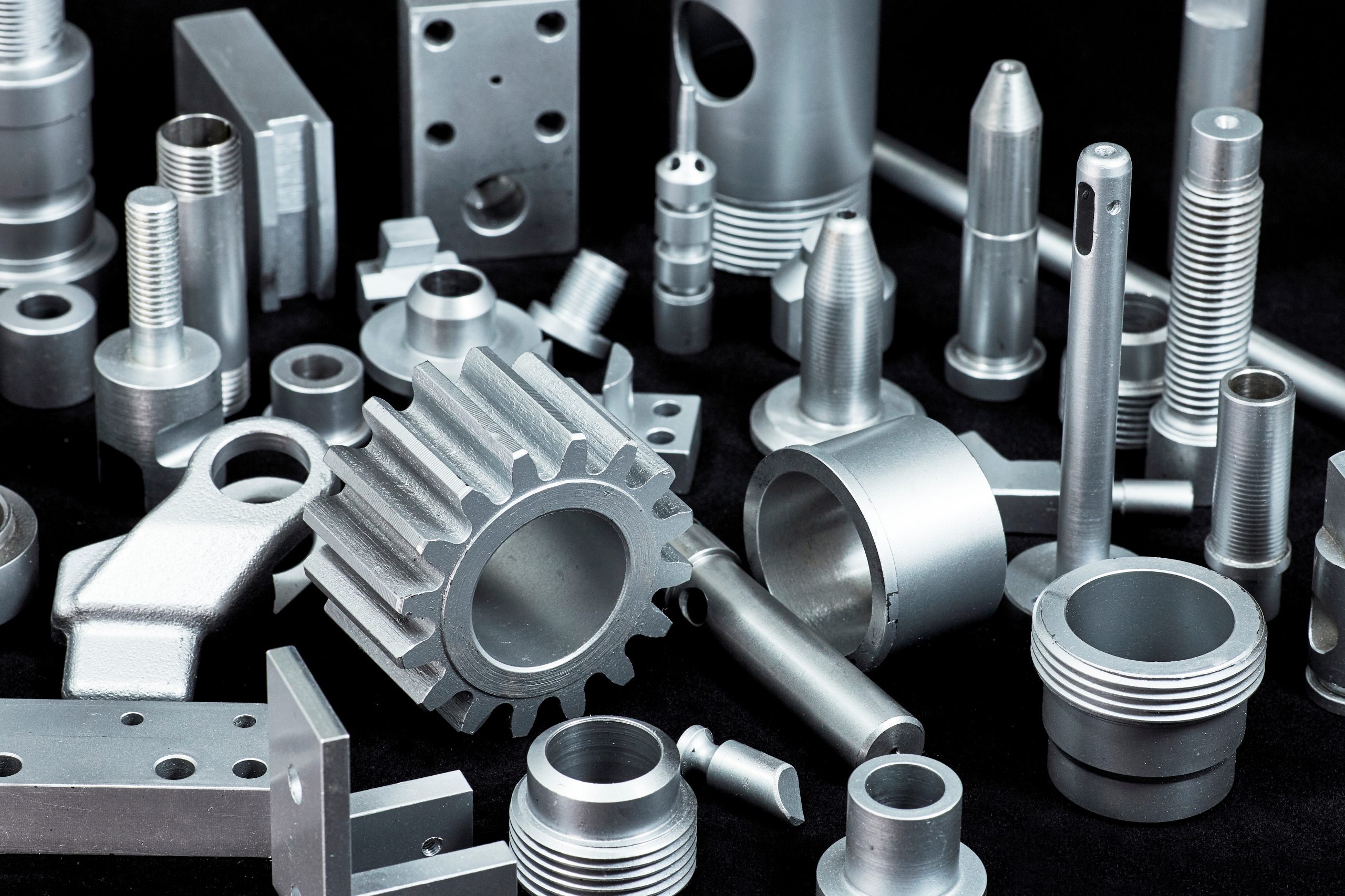 Color Code:
Color Code: MAROON

Amera-Plex is one of Ameralloy’s new breed of extremely long chain polymeric-type materials. Amera-Plex Mine Plate provides a cling-free surface, eliminating material buildup and corrosive action. Far superior to conventional plastics, and with so many unique advantages, it has become the specification of choice for a growing number of diverse applications. Amera-Plex Mine Plate was developed to replace and outperform less durable plastics, metals, and other conventional materials. Its uniqueness stems from its unusual properties. Amera-Plex has characteristics similar to those of both plastic and metal, and several unique properties that are found only in Amera-Plex Mine Plate. The Ameralloy sales and engineering staff offer assistance with complicated or unusual applications. To get started, send us your blueprints and specifications..
Features And Characteristics
High abrasion resistance
Outwears AR, stainless, and carbon steels
Outwears Nylon, Teflon, Delrin, and Nylatron
Chemically inert–resists all acids, alkalies, and corrosive conditions
Lightweight, easily fabricated
High notch impact strength
Superslippery–low coefficient of friction
Eliminates static buildup and reduces noise level compared to steel.
Typical Mechanical Properties
| Property | Env. | Test Method | Unit | Results |
|---|---|---|---|---|
| Specific gravity | ASTM D-792 | g/cm3 | 0.950 | |
| Yield strength | @73°F | ASTM D-638 | psi | 3300 |
| Ultimate tensile strength | @73°F | ASTM D-638 | psi | 6250 |
| Break elongation | @73°F | ASTM D-638 | % | 326 |
| RockwelI C hardness | ASTM D-785 | 64-70 | ||
| Environmental stress cracking | @F50 | ASTM D-1693 Mod | hours | 7000 |
| Water absorption | ASTM D-570 | nil |
Applications
- Bumper blocks
- Bucket conveyor housing
- Bushings
- Cable guides
- Cam rollers & guides
- Chain guides
- Conveyor belt rollers
- Conveyor belt wipers & guides
- Conveyor slats
- Conveyor tracks
- Couplings & fittings
- Cutting boards
- Flat chain wear plates
- Gears
- Guide plates, rails, rollers
- Hopper linings
- Noise abatement–plastic + metal gears
- Sandblasting shields
- Screen wire guides
- Screen wire strips
- Vacuum pump valve cones
- Washer linings
- Wet side spur gears
- Chutes: Coal, Coke, Glass, Grain, Gravel, Limestone, Ore, Refuse, Rock, Sand, Slag, Slate
Typical Analysis May Vary By Heat Lot
Coefficient Of Friction
Amera-Plex Mine Plate has a lower coefficient of friction than glass. With its self-lubricating characteristics, it is an ideal material for bearings, bushings, valves, wear strips, or any application involving sliding contact.
Comparison of coefficient of friction on various materials:
| Materials | Static | Test Method |
|---|---|---|
| Mild steel vs. mild steel | 0.30-0.40 | |
| TIVAR-100 vs. TIVAR-100 | 0.20-0.30 | |
| Mild steel vs. Amera-Plex | 0.15-0.20 | |
| Amera-Plex vs. Amera-Plex Mine Plate | 0.10-0.13 | ASTM D-1894 |
Comparison of dynamic coefficient of friction on polished steel:
| Dry | Water | Oil | |
|---|---|---|---|
| Amera-Plex Mine Plate | 0.10-0.22 | 0.05-0.10 | 0.05-0.08 |
| Nylon 6/6 | 0.15-0.40 | 0.14-0.19 | 0.02-0.11 |
| Nylon 6 | 0.15-0.40 | 0.14-0.19 | 0.02-0.11 |
| Teflon® | 0.04-0.25 | 0.04-0.08 | 0.04-0.05 |
| Delrin® | 0.15-0.35 | 0.10-0.20 | 0.05-0.10 |
| Nylatron GS® | 0.12-0.20 | 0.10-0.12 | 0.08-0.10 |
Abrasive Resistance
Materials listed below were rotated 24 hours @ 1750 rpm in a 50/50 sand/water slurry. The weight loss for each material is relative to carbon steel = 100. The lower the value, the better the abrasive resistance.
Sand slurry test:
| Amera-Plex™ Mine Plate | 5 | Polyacetal | 110 |
| Amera-Plex | 15 | TFE/glass fiber | 113 |
| Nylon | 31 | Normal MW polyethylene | 125 |
| High MW polyethylene | 44 | Phosphor bronze | 193 |
| TFE | 72 | Yellow brass | 409 |
| Stainless steel | 84 | Phenolic laminate | 571 |
| Polypropylene | 87 | Hickory wood | 967 |
| Polycarbonate | 96 | Carbon steel | 100 |
Available Sizes
Amera-Plex Mine Plate
Thickness: 1/4” 3/8” 1/2” 5/8” 3/4” 1” 1-1/4”
Widths: 48”
Lengths: 120”
Fabrication & Machining
Forming, rolling, punching, perforating
Also Available: Ceramic filled, rubber
backed, tubing, profiles
Installation Instructions
Handling Amera-Plex lightweight sheets (¼” thick x 4’ x 10’) weigh approximately 53 lbs. One or two workers can handle the sheet with ease. Amera-Plex can be cut and drilled with normal woodworking or metal tools.
Fastening It is important that the material be firmly fastened to the substrate. The linear expansion of Amera-Plex (.0013” per inch/per 1°F) creates a force that moves the sheet. Proper spacing of fasteners according to sheet thickness will overcome this force and hold the sheet flat against the substrate. Improper fastening will result in surface ripples and gaps where sections are joined. Surface ripples will show excessive wear.
It is recommended that Amera-Plex be held in place with mechanical fasteners. Correct spacing of fasteners can be determined by the thickness of the sheet:
| Sheet Thickness | Recommended Fastener Spacing (on centers) |
|---|---|
| 1/4 | 6” to 8” |
| 3/8” | 8” to 10” |
| 1/2, 5/8, 3/4 | 12” to 15” |
| 1” and over | 15” to 20” |
For all thicknesses, fasteners should be no closer than 2” from the edges of the sheet. Tighten fasteners to hold the material securely against the substrate. Correct fastener strength and spacing will minimize warpage of Amera-Plex due to linear thermal expansion. Adjoining panels should be butted together as tightly as possible. To allow for linear expansion and contraction, the diameter of the bolt should be 1/8” smaller than the diameter of the drilled hole. The bolt head should have a washer to prevent pull-out.
Stainless steel flathead bolts These fasteners are easy to install and remove when replacing liners, and can hold sheets of Amera-Plex from 3/8” to 1” thick. Stainless steel is preferred for its higher abrasion and corrosion resistance compared to mild or carbon steel bolts. Flathead shape permits bolt to be flush with the surface.
Drive rivets Blind fastening to metal and less dense materials like wood. Drive rivets are preferred in some cases to reduce installation time. Correct rivet size is determined by the combined thickness of the liner and the substrate. Place rivets in pre-drilled holds and sink with a hammer. The rivet head will flare out and provide a secure installation. Fast, effective, ideal for hard-to-reach areas.Note: All fastening heads should be at least flush with the lining’s surface. Protruding or exposed bolts will wear faster than Amera-Plex, which could result in loss of holding strength. Protrusion above the surface also causes upward deflection in the smooth flow of bulk material.
Forming
Although Amera-Plex is comparatively more rigid than urethane, with the use of heat it can be permanently bent to almost any configuration to fit corners and angles.
Hot forming Amera-Plex can be custom-formed on site using a propane or blow torch. Keeping flame 3”–4” above the surface, heat material broadly over the surface to be formed. When the material becomes pliable, apply to contoured surface and allow to cool. After shape is set upon cooling, use normal fastening procedures as described. Amera-Plex will retain all of its original properties upon cooling. For more complex forming, Amera-Plex blanks can be heated in an electric oven at 325°–350°F for varying lengths of time according to the thickness of the material. When it has plastified, apply material to a forming fixture built to form the desired shape. Clamp Amera-Plex to the form and cool.
Amera-Plex can be immersed in a preheated glycerine bath set at a controlled temperature of 302°F (150°C). Heating time varies according to sheet thickness:
| Sheet Thickness | Heating Time @ 150°C |
|---|---|
| 8mm (.3150”) | 15 minutes |
| 15mm (.600”) | 25 minutes |
In all cases, the sheet must be properly plastified. The material will assume a translucent glass-like condition when it reaches the proper temperature. Remove immediately from the bath. Form while hot, or place into a form or mold and allow to conform to the desired shape. If necessary, Amera-Plex may be pressed into shape after it is placed into the form or mold. Cooling is performed at room temperature. Because of its heat dissipation characteristics, cooling time takes somewhat longer than the heating cycle. Once the sheet reaches 158°F (70°C), introduction of tap water at approximately. 68°F (20°C) helps speed cooling. Tap water serves the dual purpose of removing the remaining glycerin from the surface.
Cold forming–rectangular Amera-Plex may be cold formed through the use of breakpress, roll, hand forming, or by using bolts to draw and form in place. Due to the spring back effect of Amera-Plex, formed angles must be over bent by 75–100%. Cold forming is used for sheets less than 3/8” thick.
Cold forming–circular Recommended minimum forming diameters for Amera-Plex sheets:
| Sheet Thickness | Minimum Diameter |
|---|---|
| 1/8” | 8” |
| 3/16” | 10” |
| 1/4” | 12” |
| 3/8” | 24” |
Not sure what you are looking for? Contact Ameralloy Steel an ISO 9001 certified supplier that specializes in finding hard-to-find Stainless and Alloys. Along with our proprietary grades Amera-Braze, Durelloy, and Dura-Krome. Our knowledgeable sales team will help you find what you are looking for. With many shapes, sizes, and material grades available, we can help you find what you are looking for. The most common items stocked are Tube, Pipe, Sheet, Plate, Hex bar, Square bar, Round bar, Threaded bar, Pump Shaft, and Millimeter sizes. We offer added fabrication services. Contact us now for the current price and delivery.
